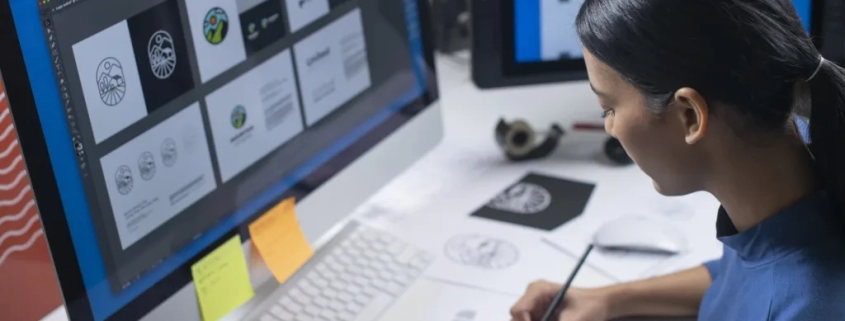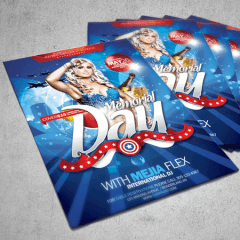In today’s competitive business landscape, a strong and distinctive brand identity is crucial for standing out from the crowd.
One of the key elements of a brand’s visual identity is its logo.
Crafting a unique logo that captures the essence of a brand and resonates with its target audience requires a thoughtful and creative approach.
We’ll explore the art of crafting unique logos and provide valuable insights to help you create a memorable brand identity.
- Understanding the Brand:
Before diving into the logo design process, it’s essential to have a deep understanding of the brand itself. Research the brand’s values, target market, and industry landscape. This knowledge will serve as a foundation for creating a logo that aligns with the brand’s personality and goals. - Simplicity and Memorability:
A successful logo is often simple yet memorable. Strive for simplicity in your design, focusing on clean lines, clear shapes, and minimalistic elements. A memorable logo will be easily recognizable and leave a lasting impression on viewers. - Reflecting the Brand’s Personality:
Every brand has its unique personality traits and characteristics. Your logo should reflect these attributes to create a strong brand identity. Consider the brand’s tone, values, and desired perception. Whether it’s playful, sophisticated, or innovative, infuse these qualities into the logo design. - Originality and Differentiation:
In a saturated market, originality is key. Aim to create a logo that stands out from competitors and differentiates the brand. Conduct thorough research to ensure that your design doesn’t resemble existing logos or infringe on trademarks. Strive for a design that is distinctive and captures the essence of the brand. - Versatility and Scalability:
A well-crafted logo should be versatile and scalable across various mediums and sizes. Test your design across different platforms, such as websites, social media profiles, and printed materials, to ensure its legibility and visual impact. A flexible logo will maintain its integrity, regardless of the size or format. - Typography and Color Selection:
Typography and color choices play a vital role in logo design. Select fonts that align with the brand’s personality and are easily readable. Additionally, choose colors that evoke the desired emotions and convey the brand’s message effectively. Consider the psychology of colors and their impact on the target audience. - Feedback and Iteration:
Designing a logo is an iterative process. Seek feedback from the brand’s stakeholders and target audience to gather different perspectives. Iterate on your design based on constructive feedback, refining and enhancing the logo until it achieves the desired outcome.
Crafting unique logos requires a combination of creativity, research, and strategic thinking.
A well-designed logo can elevate a brand’s identity and make a lasting impact on consumers.
By understanding the brand, focusing on simplicity and memorability, reflecting the brand’s personality, prioritizing originality, ensuring versatility and scalability, making thoughtful typography and color choices and embracing feedback, you can create a logo that stands out and resonates with your audience.












Holiday Marketing Tips: Start Early, Win Big
AI Signal Strategy
We Are the New Web Spinners